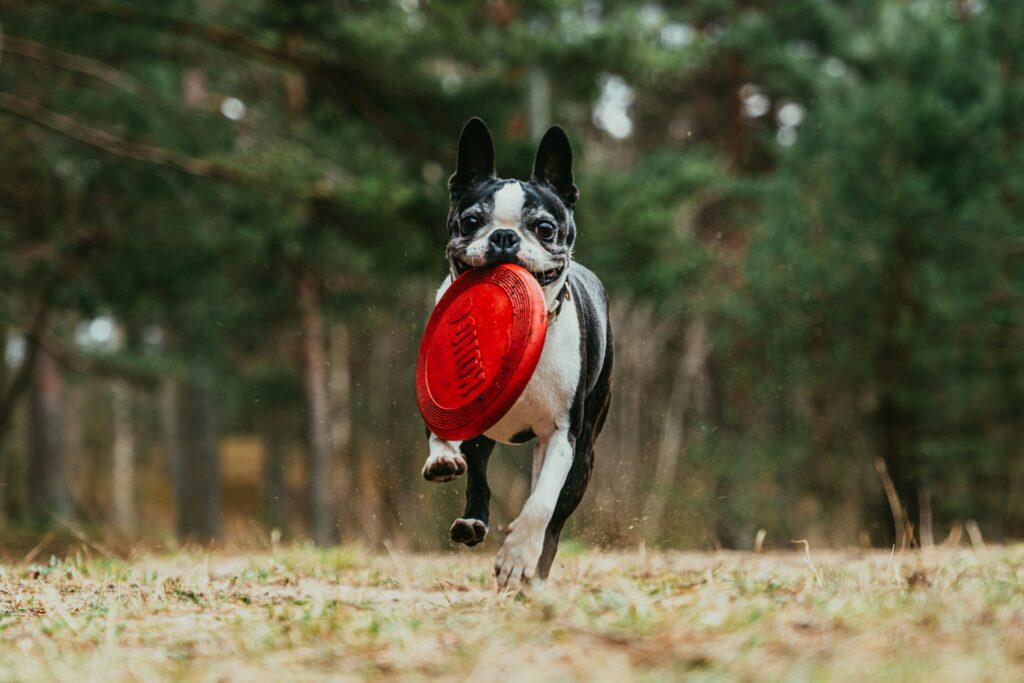
With summer quickly approaching it’s important to be aware of summer pet emergencies and different ways to prevent them. Florida summers can be very hot and humid, posing an increased risk of heatstroke, sunburn and drowning to our furry friends. Knowing how to prevent these 3 summer pet emergencies and what to do if they happen can potentially save your pets life.
Summer Pet Emergencies #1: Heatstroke
Heatstroke is one of the most common summer pet emergencies in dogs. Other pets can experience heatstroke, but dogs are built to conserve their heat and tend to overheat more quickly. Heatstroke is a very serious condition and can escalate into an emergency situation in just a matter of minutes. Flat faced (Boston Terrier, Pugs, Bulldogs and similar breeds), overweight, senior and dogs who have a medical condition are especially at a high risk for heatstroke and should be watched very closely in the summer.
In Florida, it’s important to avoid the risk of heatstroke as much as possible. You should never leave your pet unattended in a car. A parked car can rise about 40 degrees in just one hour, making it a risk even on a cool day. If you’re taking your pet out with you, always bring fresh water and a shallow bowl to ensure that they stay hydrated. Avoid going out in the middle of the day as much as possible. If you’re going to walk or exercise your pet, it’s important to do it early in the morning or late evening to avoid the heat of the day.
If you do have your dog out in the heat, be sure to keep a close eye on them and watch for the early signs of heatstroke. Some signs to be on the lookout for are:
- Excessive or loud panting
- Extreme thirst
- Frequent vomiting
- A bright red tongue and pale gums
- Skin around muzzle or neck doesn’t snap back when pinched
- Thick saliva
- Increased heart rate
If you see any of these symptoms in your pup, it’s important to remove them from the heat as quickly as possible and begin to cool them down. You may have to carry your pup to a shaded area so they don’t overexert themselves. Prevent your dog from any excess activity until you’ve ensured the dangers of a heat stroke have passed.
Give your pup small quantities of water. If they won’t drink it, use a clean cloth to squeeze water onto their lips, gums and tongue. You don’t want to force feed your pup too much water at one time, but you also want to make sure you’re keeping them hydrated. You can also cool your dog down by slowly wetting their coat with water. You never want to submerge your pup in cold water too quickly, as this can lead to other complications and ice cold water can actually slow down your dog from cooling down.
If your pets displays any of these symptoms:
- Increased difficulty breathing
- Gums that turn bright red, then blue or purple
- Weakness and/or fatigue
- Disorientation
- Collapse or coma
it’s important to contact an emergency vet clinic RIGHT AWAY. Internal damage could be a side effect of a heatstroke and it is imperative that you seek medical attention right away.
Summer Pet Emergencies #2: Sunburn
While this one isn’t as common, it’s important to know the signs. Sunburn can be hard to identify in your pet. High UV rays not only pose a risk of sun cancer for us, but for our pets as well. If your pet has a white, lighter, thin or no coat they are more likely to get sunburnt and should be monitored even more carefully when exposed to sunlight.
When checking for sunburn on your pet, you want to look at their belly, ears and nose first. These areas are the most susceptible to sunburn and will most likely burn first. Sunburn is going to look like dry, cracked skin and might even cause the ears to curl at the edge. Your pet may scratch themselves constantly, followed by a whimper. They may even try to avoid you petting them. In some severe cases, sunburn can also be accompanied with a fever.
If your pet is displaying any of these signs its important to contact your vet. They will be able to prescribe topical medication and wound treatment for you to use at home, if its needed.
Just like with heat stroke, its important to keep your pet in the shade, walk them in the early morning or late evening and keep them off hot pavement. As a rule of thumb, if the pavement is too hot for you, it’s to hot for our furry friends.
If your pet seems to be more susceptible to sunburn, talk to your vet about sunscreen options and how/when to apply it. You could also look into protective gear if you think your pet would have a better time with that option.
Summer Pet Emergencies #3: Drowning

Other summer pet emergencies that we should be on the lookout for as the weather warms are drownings. Even if your pet is a strong swimmer and swims often, it’s important to know that this is still a risk. Even the strongest of swimmers can become tired or injured. Other pets, especially those used to swimming, may jump into a pool of water with no way out.
If you have a pet with a flat face or shorter legs, know that swimming is going to be more difficult for them. You should keep a close eye on these pets when around any body of water, including small splash pools. Once underwater, dogs only have minutes before brain damage, organ failure, and potential death.
If you, like many others, enjoy taking your pets to areas with water, it’s in everyone’s best interest to ensure you are prepared. Before your dog gets into any body of water, make sure that they have a way out and they know how to find it. Life vests are also a great way to let your pet enjoy the water. These keep them from becoming overtired and usually come with handles so you can lift your pet out, if needed.
With warm weather quickly approaching, it’s important for us to keep a watchful eye on our fur babies. We can still enjoy the weather and company of our pets. But it is always better to be aware and prepared for summer pet emergencies.

